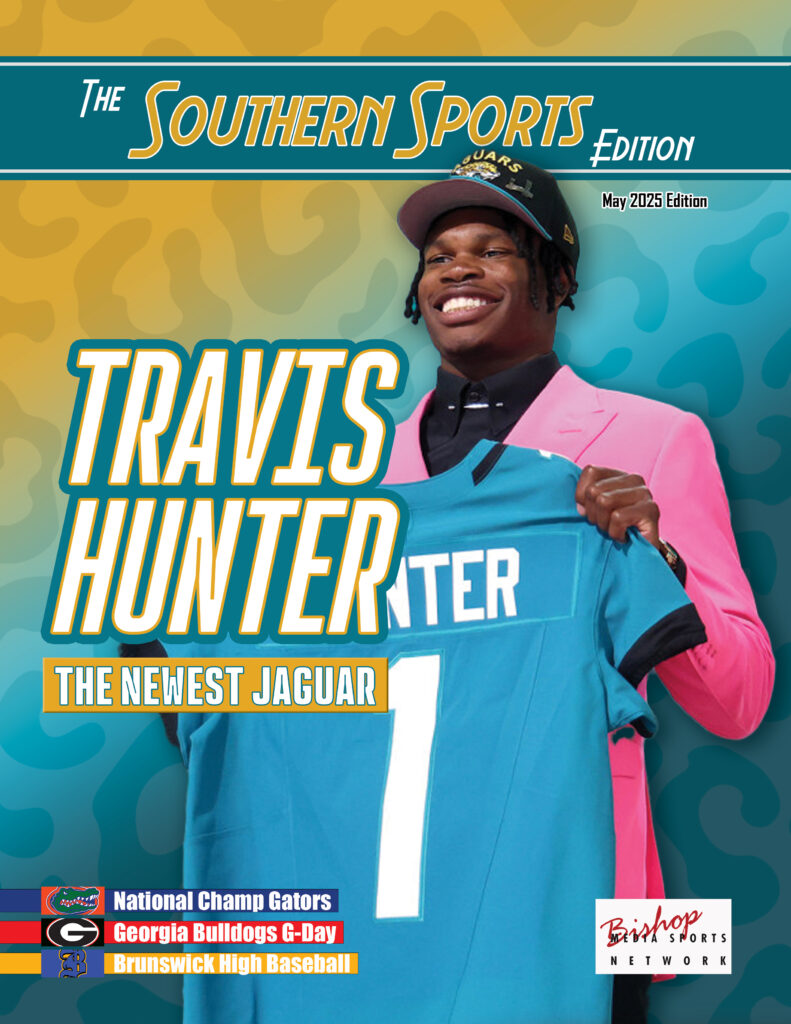Manny Machado
Moneyball
 By: Mike Anthony
By: Mike Anthony
TheSouthernSportsEdition.com news services
For nearly a week, the talk of the baseball world has been of Bryce Harper and his new 13-year, $330 million contract with the Philadelphia Phillies.
Harper’s signing was the crescendo of an offseason hot stove market that everyone expected to produce plenty of fireworks – especially if you equate dump trucks full of cash to fireworks.
Just over a week before Harper’s signing, Manny Machado became the first jewel to be plucked from the free agent pool when he signed a 10-year $300 million contract with the San Diego Padres. And in between Harper and Machado came a monstrous eight-year extension for Nolan Arenado with the Rockies for $260 million.
Throughout Major League Baseball, teams are bringing in more revenue than ever before and the bidding wars for each huge free agent are soaring ever higher. Bigger television deals and a new generation of social media-savvy stars that are making the game more popular than in the last decade should have baseball in its best standing in recent history.
But that might not be the case.
For every huge contract that Harper, Machado and Arenado get there are other contracts that are taking a sharp downturn for other veterans, who don’t fit the bill as a superstar.
The old line of thinking was that players would work their way to the majors and play for peanuts before being rewarded with ever-increasing contracts if they developed into productive veterans.
Nowadays, front offices that are littered with sabermetric-minded analysts more in tune with hard drives than hardball are killing the market for aging players in the middle of the talent bell curve.
Proven top-of-the-rotation starters like Dallas Keuchel and Gio Gonzalez are still without a team nearing the middle of spring training and super utility man Marwin Gonzalez – at the peak of his supposed prime years at 29 – settled for just a two-year, $21 million deal when similar players were scoring contracts three and four times the length and value just a few years ago.
And it’s even worse for those who are stars in waiting.
It used to be that struggling teams with a budding star in the making couldn’t wait to pluck him from the minors. Even if the call-up was for publicity and exciting fans rather than winning more games, it was at least getting the ball rolling on a new career.
For potential superstars currently stuck in the same situation, the road to the show is much longer and more frustrating.
Instead of teams getting prospects big league experience, front offices seem more concerned with keeping that talent cheap for as long as possible. With three years of full control and three arbitration years once a player makes the big leagues, clubs are trying to pick their spots and thread the needle for the longest possible window of competitiveness – often at the expense of players.
So, while current superstars are now rich beyond the wildest dreams of most, the rest of the league is seeing their average contracts decline. And for stars of the 2020’s still in minor league camp, it could be a long time before they get to the big club – regardless of whether or not they’re ready – if the team decides that another year or two of tanking and stockpiling prospects is in order before making their run.
Moneyball and advanced metrics have been the name of the game for nearly 20 years now. It has certainly produced some good results, but it is also breaking the economics of the game.
And with some serious labor negotiations just around the corner, it’s time for baseball to take a serious look at how players are paid if all the newfound revenues are to continue.
Jason Bishop Show With Kipp Branch February 23

Jason Bishop Show With Kipp Branch February 16




